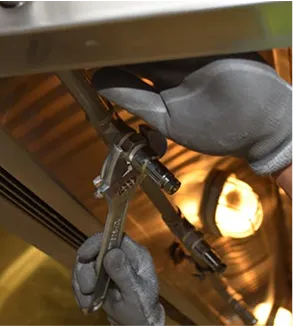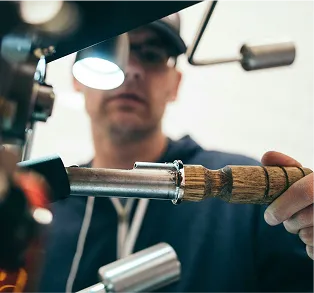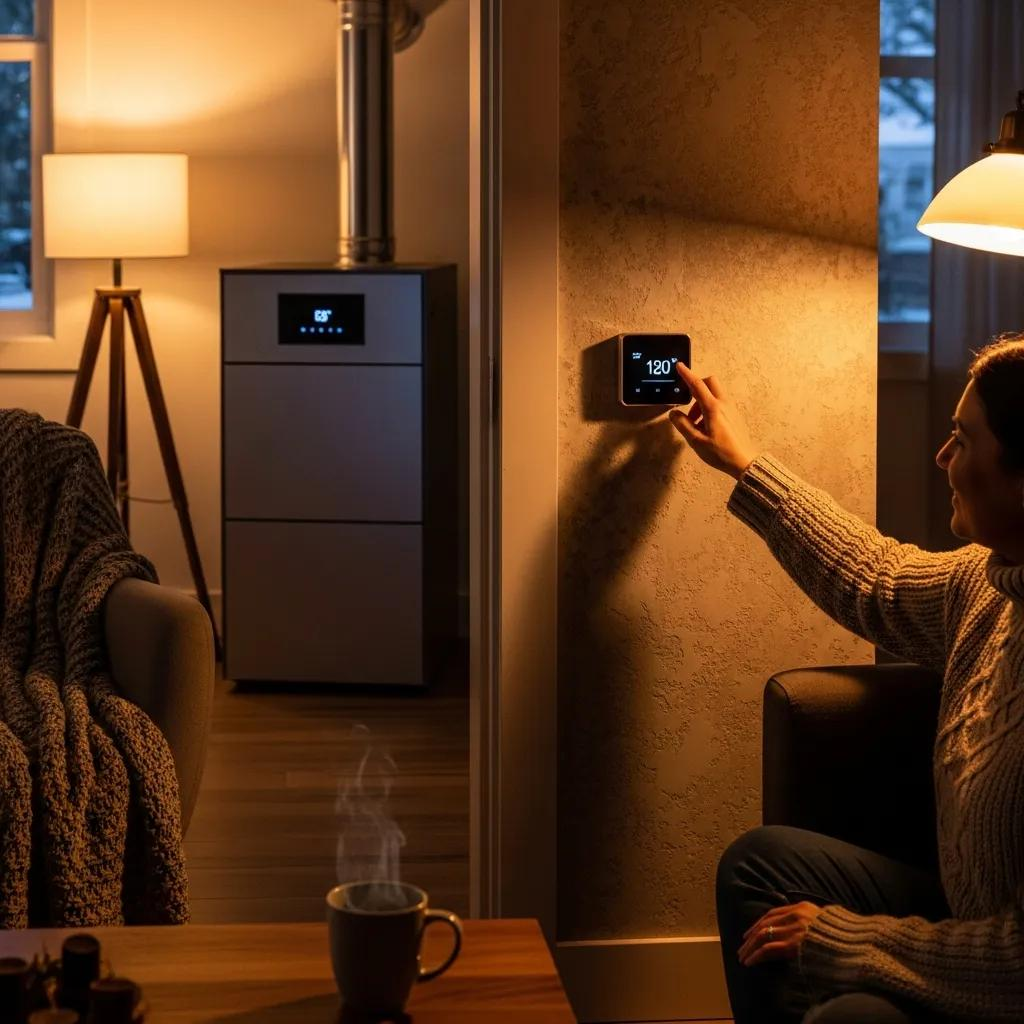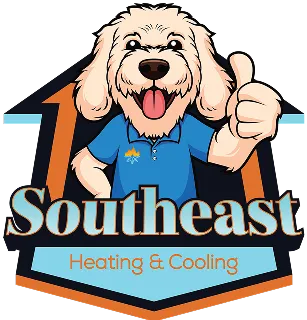
The Impact of New Furnace Efficiency Standard for 2023
.webp)
Where you are aware that more than half of your home’s energy costs are from your heating and cooling? This is the reason why it’s so important to maintain an energy-efficient HVAC system.
Furnace efficiency standards were last modified to an Annual Fuel Utilization Efficiency (AFUE) rating of 80% in 2015. This rating system illustrates how effective your furnace is at converting natural gas into heat. An AFUE rating of 80% means your furnace loses about 20% of the fuel it uses while creating heat.
In 2022, President Biden recommended new energy-efficiency standards for residential gas furnaces that would greatly reduce emissions, save money and stimulate sustainability.
The updated standards are projected to:
- Save Americans $1.9 billion annually.
- Cut carbon emissions by 373 million metric tons and methane emissions by 5.1 million tons over the next 25 - 30 years, the equivalent of what 61 million homes emit each year.
Starting in 2029, the updated rule would require all new gas furnaces to feature AFUE ratings of 95%. This means furnaces would convert nearly 100% of the gas into usable heat.
So, what does all of this mean for your existing furnace in 2023? As of now, not much, as the proposed rule wouldn’t go into effect until 2029 at the earliest and will not affect furnaces that are already in use.
But if your furnace is nearing the end of its life and a replacement is needed in soon, highly energy-efficient furnaces are already available. Learn how these furnaces can help you save on energy bills now.
Guide to Condensing Furnaces
How Condensing Furnaces Work
A condensing furnace is a kind of heating system that uses a secondary heat exchanger to collect wasted heat from the furnace's exhaust gases. This limits the amount of energy wasted, improves energy efficiency and lowers carbon-monoxide emissions. It also involves less natural gas to produce the same rate of heat in comparison to other types of furnaces.
How Condensing Furnaces Differ from Non-Condensing Furnaces
The main difference between a condensing furnace and a non-condensing furnace is that the former uses a secondary heat exchanger to capture any wasted heat from its exhaust gases, while the latter does not.
Equipment Lifespan
The life span of a condensing furnace is dependent on the brand, model and other factors. Usually, a condensing furnace should last between 10-20 years with sufficient maintenance and regular service. If you don’t schedule routine maintenance, the equipment may have a significantly shorter life span.
Why Condensing Furnaces Cost More
Generally, condensing furnaces are more expensive than non-condensing furnaces. This is on account of their increased efficiency and the additional features required to capture any wasted heat from its exhaust gases. However, the bonus energy savings can often recoup the cost of purchase. So in the long run, it may be more cost efficient to consider investing in a condensing furnace.
Guide to Variable-Speed Furnaces
Variable-Speed Furnaces: What Are They and How Do They Work?
A variable-speed furnace can vary its fan speed to minimize the energy necessary to satisfy the heating requirements of your home. It starts at a slower speed until it notices a drop in temperature and then speeds up to produce more heat. This [precise fan is significantly more efficient than conventional furnaces, as it only consumes the minimum amount of energy required to heat your home, which subsequently saves money on your utility bills.
The majority of variable-speed furnaces are condensing furnaces, although a handful are available in non-condensing models with lower AFUE ratings. In order for a furnace to be classified as a condensing furnace, it must offer an AFUE rating of 90% or higher.
Do Variable-Speed Furnaces Run Constantly?
A variable-speed furnace doesn’t need to stay on all the time. Rather, it runs at different speeds depending on the temperature in your home as well as the amount of energy it requires to reach that temperature.
When sufficient energy is required to maintain your set temperature level, the furnace will switch to a higher speed to manage the higher demand. Doing this will ensure more efficient heating in your home while also offering quieter operation.
Guide to Two-Stage Furnaces
Two-Stage Furnaces: What They Are and How They Work
A two-stage furnace is a type of heating system that utilizes two different stages of operation — high and low. When set to the low stage, the furnace operates at a reduced capacity in order to maintain the chosen temperature at your home more efficiently. During the high stage, the furnace will instead run at maximum capacity to meet demands for more heat. With a two-stage furnace, you can experience improved energy efficiency and comfortable temperatures everywhere in your home.
While two-stage furnaces are very efficient, not all models are condensing furnaces.
Does a Two-Stage Furnace Function All the Time?
A two-stage furnace won’t run all the time. In the low stage of operation, the furnace operates at diminished capacity in order to maintain a planned temperature more efficiently within your home. When a greater demand for energy is needed to sustain the set temperature, the heating system switches to its high stage and operates at full capacity. Because of this, two-stage furnaces are able to help reduce energy costs without operating constantly.
Comparing Two-Stage and Variable-Speed Furnaces
Two-stage furnaces have two stages of functionality, low and high. During the low stage, the furnace performs at reduced capacity in order to sustain a desired level of comfort within your home. When more warmth or cooling is necessary, the furnace will change over to its high stage and operate at maximum capacity.
Variable-speed furnaces, meanwhile, can operate at several speeds in order to sustain a desired temperature more consistently at home. As such, variable-speed furnaces offer greater savings on your utility bills.
Differences Between One- and Two-Stage Furnaces
One-stage furnaces have a single stage motor and operate either at full power or not at all. This means that the furnace is always running in order to maintain a desired comfort level at home.
Conversely, two-stage furnaces have two stages of operation, low and high. During the low stage, the furnace runs at [lower reduced} capacity in order to maintain the desired temperature more efficiently. When a greater demand for warmth or cooling is necessary, the furnace will switch to its high stage and operate at full capacity.
Schedule Your Furnace Installation with Southeast Heating & Cooling Today
It takes experience and dedication to stay up to date about furnace technology advancements. That’s why Southeast Heating & Cooling experts are here to help with a no-obligation, no-pressure estimate for furnace installation. We’ll assess your home, your heating requirements and your budget before helping you find the right solution. Contact us at to get started today!
Related Blogs
Customer Testimonials


Financing


Latest Blogs

Troubleshooting Common Furnace Issues

Heat Pump Defrost Issues: Solving Your Icing Dilemma










.jpeg)